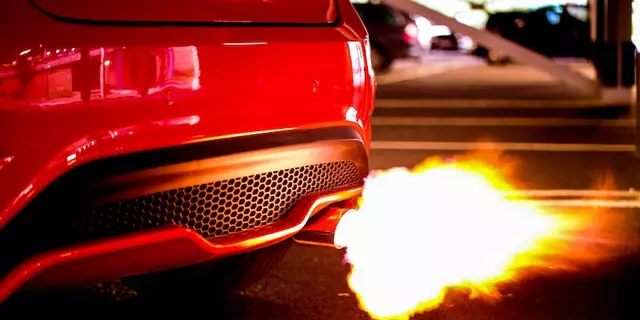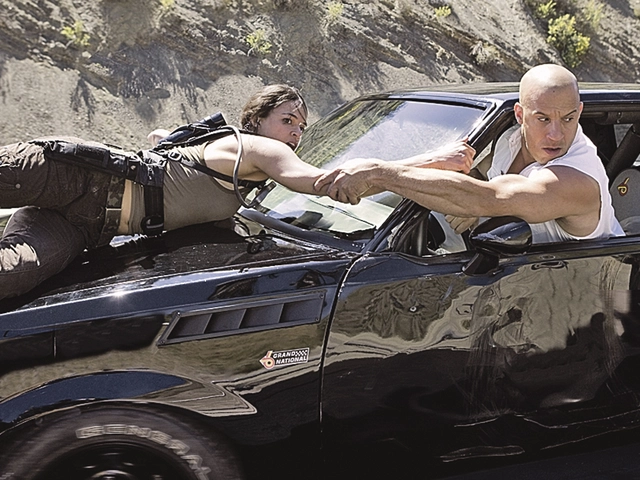Racing History – How Car Competition Evolved
Ever wondered why a roar from the starting line still gives you chills? It’s not just the speed; it’s centuries of stories, experiments, and daring that built the sport we love today. In this quick tour, we’ll hit the high points that turned a simple sprint into the global spectacle of motorsport.
From Early Speed Tests to Modern Grand Prix
The first recorded races were more about proving a machine could move than beating an opponent. In the late 1800s, inventors organized endurance runs on dirt tracks to showcase reliability. Those events sparked the idea of a closed‑circuit race, leading to the first official Grand Prix in France, 1906. That race set the template: multiple laps, timed pits, and a trophy that meant prestige, not just prize money.
Fast forward to the 1950s, and Formula 1 emerged from European Grand Prix races. Engineers began treating each car like a research project, tweaking aerodynamics, tires, and engines for shaving seconds off a lap. The legendary rivalry between Ferrari and Mercedes showed how competition could push technology forward—think better brakes, smoother suspensions, and safer fuel tanks.
Meanwhile, across the Atlantic, NASCAR took root in 1948. It grew out of moonshine runners who needed fast, reliable cars to outrun the law. The sport turned those outlaw tricks into a formal series, adding pit crews, standardized rules, and massive fan festivals. Today, a typical NASCAR pit stop changes four tires and refuels in about 12 seconds—an astonishing choreography that started with a handful of mechanics swapping mud‑caked wheels.
Why Knowing the Past Fuels Today’s Thrill
Understanding racing’s roots helps you appreciate why certain rules exist. For example, the “flying lap” in Formula 1—where drivers hit top speed before crossing the start line—originated to test pure speed without a standing start. It’s a pure expression of a car’s aerodynamic grip, a concept engineers still chase today.
Street racing, though illegal in most places, has its own backstory. In the 1960s, youths gathered on empty roads to see who could drift around corners fastest. Over time, that culture scattered into legal drag strips and organized rallies, where the same adrenaline meets safety standards. Knowing this evolution can guide you toward legal events that still deliver the excitement without the risk of a ticket.
Even video games owe a lot to real‑world history. Early arcade titles mimicked drag races and hill climbs, but today’s simulators like Assetto Corsa use physics engines that replicate tire wear, weather, and aerodynamic downforce—features that grew out of actual race data collected over decades.
So, whether you’re watching a modern F1 showdown, cheering at a NASCAR night race, or playing a realistic racing sim, you’re part of a legacy that started with a simple question: can this machine go faster? That curiosity keeps the sport fresh, fuels tech advances, and makes every lap a nod to the pioneers who first revved their engines on dusty roads.
Next time you hear the engines scream, remember the century‑long journey that got us here. The past isn’t just old news; it’s the engine that powers today’s excitement, and it will keep driving the sport into the future.


